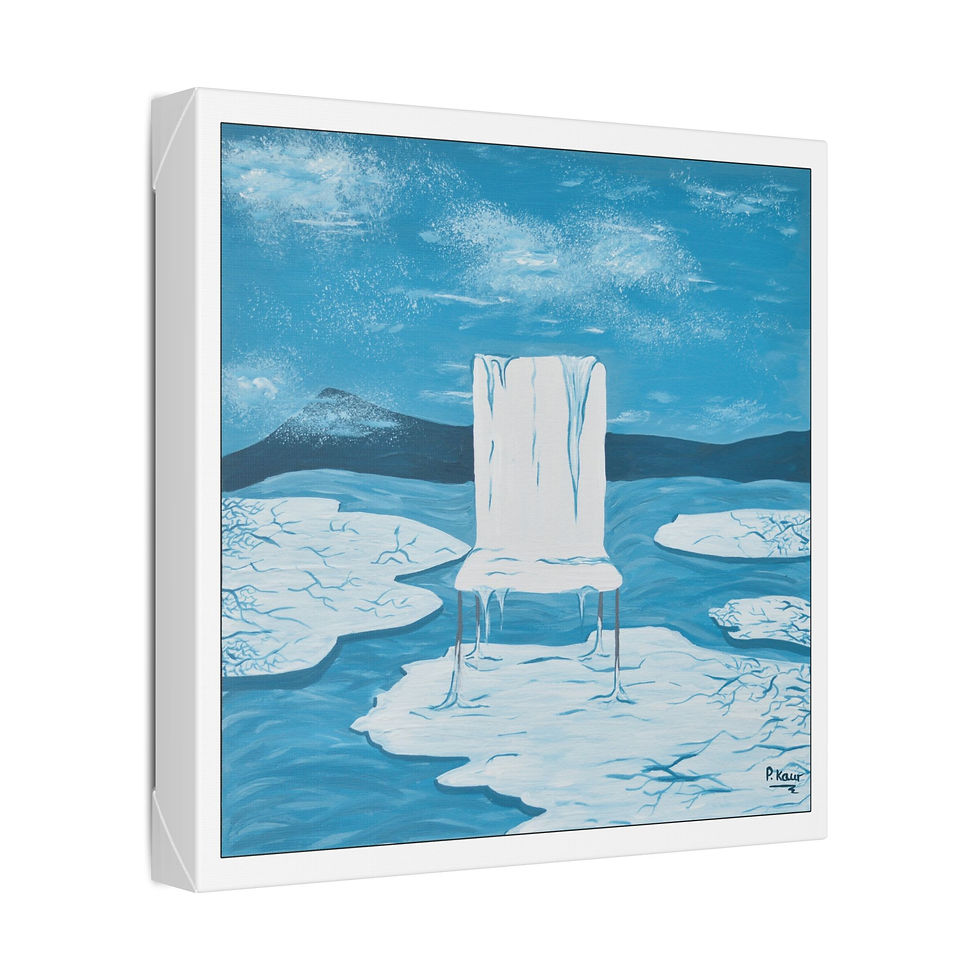Evolution of Stuff
Confront Reality,Create Change
Welcome to Evolution of Stuff, founded by artist and educator, Perveen Kaur.
We help people reconnect with themselves and history through art, reflection and curiosity
With visual storytelling, timelines and original art, we uncover forgotten truths and new perspectives to help you make sense of the modern world and your place within it.

eBooks. Worksheets. Art Prints.
Join Our Community
Get To Know Us

Evolution of Stuff is a space for those who sense that something doesn't quite add up in the way we live today. Drawing from history, science, psychology and art, we explore the hidden layers of modern life.
Modernity is where our primal instincts collide with the digital world and where our habits are often on autopilot.
This isn't about text book learning and memorising facts. It's about slowing down, reconnecting with deeper stories, and finding space for expression and perspective in a fast paced world.
Founded by artist and writer Perveen Kaur, the platform invites you to explore deep timelines, nuanced ideas and overlooked perspectives.
With curiosity as our compass, we connect the dots between the past and the present so you can see yourself and the world more clearly. From this clarity, one can make better everyday choices.
STAY CONNECTED
We'd love to hear from you! If you have any questions about our products or are interested in bespoke commissions, please don’t hesitate to reach out. Contact us, and let’s bring your ideas life!






















